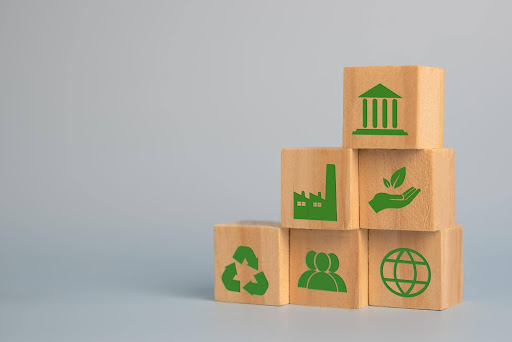As a real estate developer in the modern world, one can no longer afford to ignore the call for sustainability. It’s not just a trend or a buzzword, but a necessity driven by increasing environmental awareness and concern. As developers, we need to seek innovative design strategies that not only cater to the market’s needs but also contribute positively to the environment. Let’s delve into some of these pioneering strategies that are making a significant impact on sustainable development.
Green Building Materials
The first crucial factor in sustainable development is the choice of building materials. Opting for green building materials can significantly reduce the carbon footprint of a building project. For instance, recycled steel, plant-based polyurethane rigid foam, and solar tiles are some of the options that are making waves in the industry. These materials are not only durable but also energy-efficient and eco-friendly. Their use helps to save energy, reduce waste, and promote a healthier environment, making them an excellent choice for sustainable construction.
Energy Efficiency
The design of a building plays a significant role in its energy consumption. As a result, incorporating energy-efficient designs into a project can significantly reduce the overall energy consumption of the building. This can be achieved through various strategies, such as the use of high-performance windows and insulation, energy-efficient appliances and systems, and the incorporation of renewable energy sources. For example, designing buildings in a way that maximises natural light can reduce the need for artificial lighting, leading to lower energy consumption.
Water Conservation
Water is a vital resource, and its conservation is an essential component of sustainable development. Developers can play a role in water conservation by incorporating the use of water-efficient appliances and fixtures, rainwater harvesting systems, and wastewater treatment facilities into their projects. These features can significantly reduce water usage, leading to more sustainable developments.
Indoor Environmental Quality
The quality of the indoor environment is another important consideration in sustainable development. It is known to have a direct impact on the health and well-being of the occupants of a building. By maximising natural light, implementing proper ventilation systems, and using low-VOC materials, we can improve the indoor environmental quality significantly. This not only ensures a healthier living space for occupants but also contributes to their overall well-being.
Smart Growth and Sustainable Land Use
Finally, the location and type of development also play a significant role in sustainability. Developing areas with existing infrastructure or transforming underutilised spaces into habitable structures can help to prevent urban sprawl, protect natural resources, and promote sustainable land use. Rather than contributing to the spread of urban areas into natural environments, sustainable land use strategies aim to make the best use of existing spaces.
Conclusion
In conclusion, sustainable real estate development is not just about minimising the negative impact on the environment. It’s about creating healthy and thriving communities that contribute positively to environmental conservation. By implementing these innovative design strategies, we are investing in the future of our planet and the well-being of its inhabitants, ensuring that we leave a better world for future generations.
Written by James Bradley for Landmark Estates
